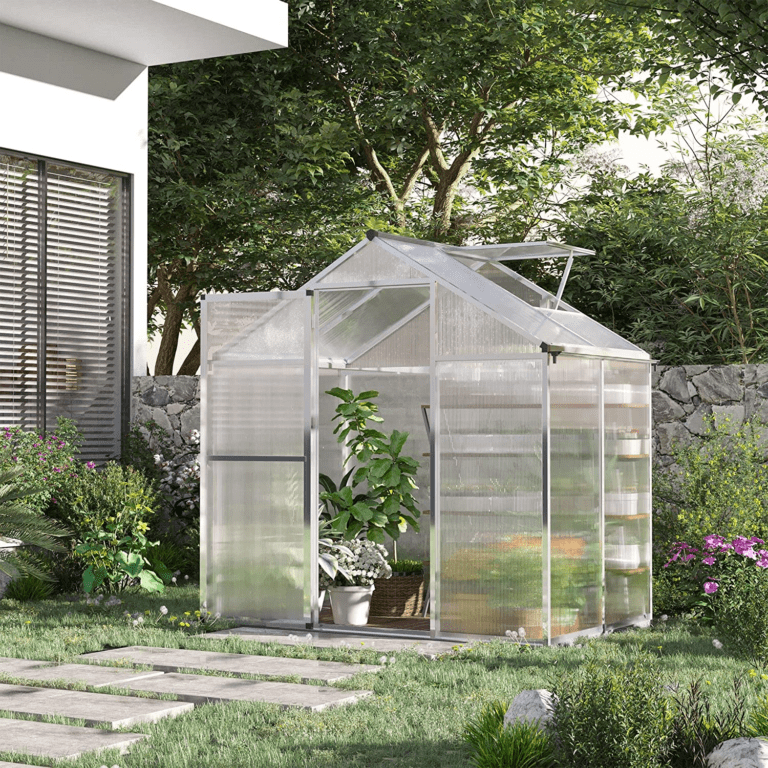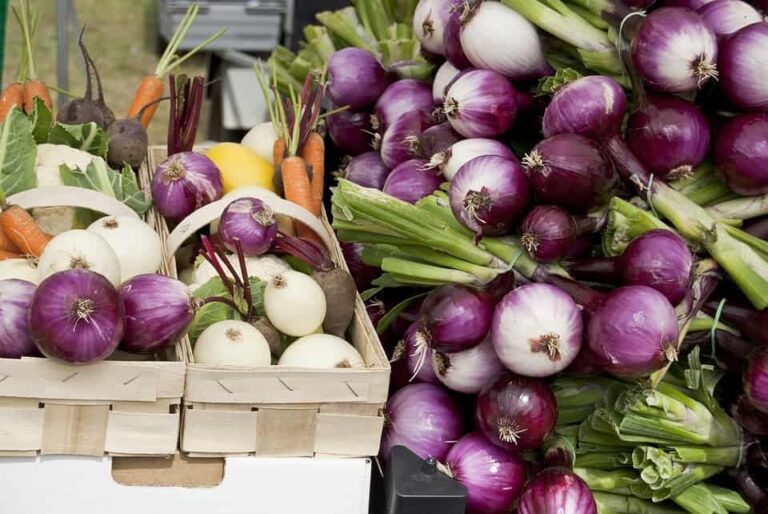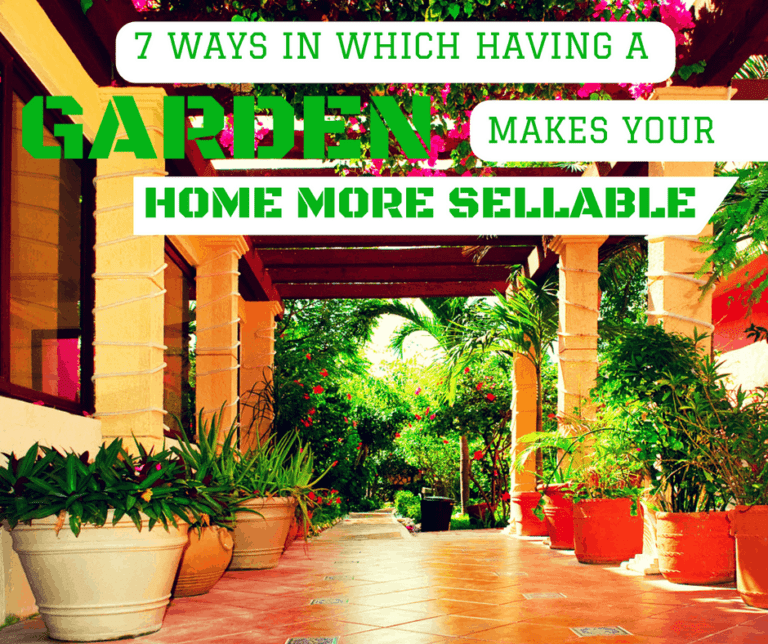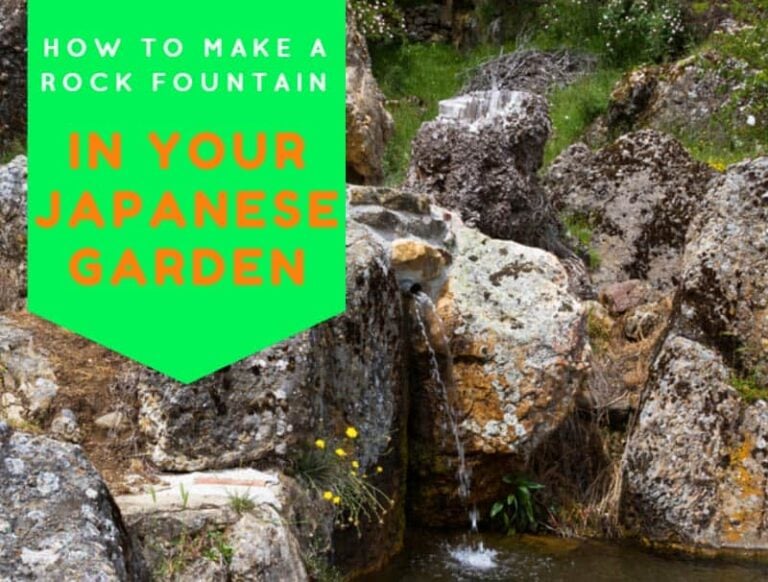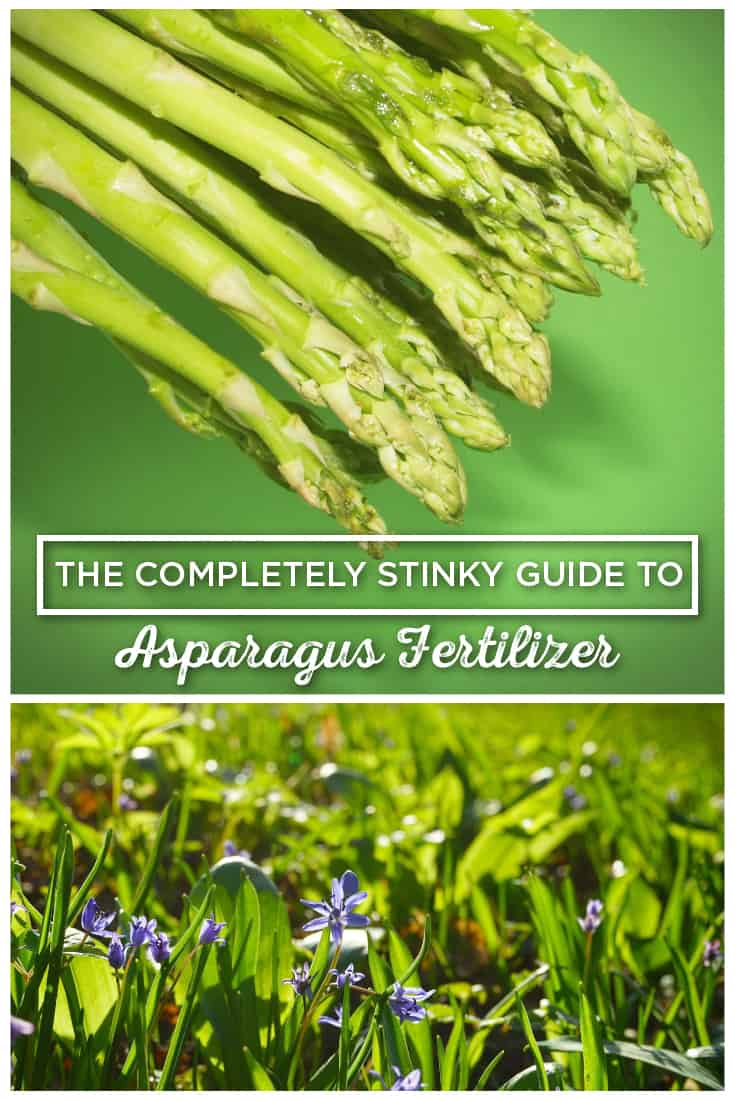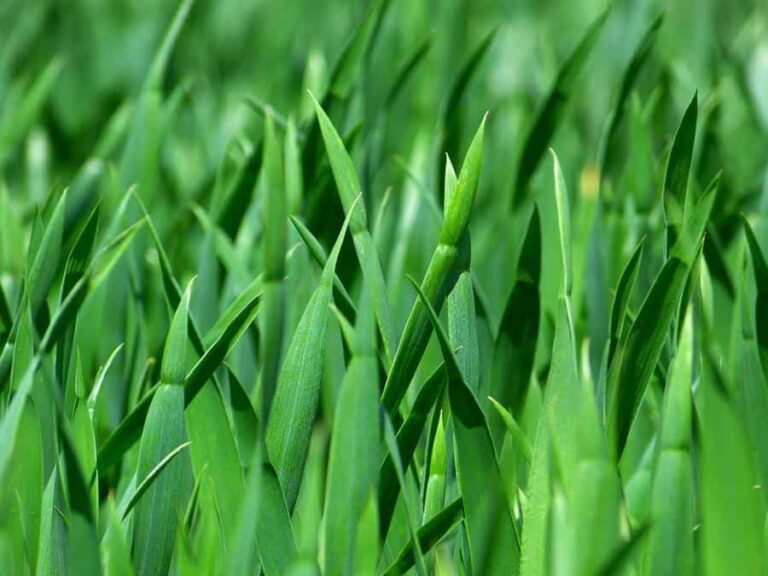Keep Your Plants Cool With Fall Container Gardening
Fall is an ideal time for container gardening, as you can plant cold tolerant vegetables and ornamentals that can’t survive in summer. To give yourself enough time to enjoy your fall container garden, plant at the very end of summer. You can also look at the days to maturity of the plants you’re growing and count backwards from the first date in your area to figure out when to plant. Choose a container that’s durable enough to withstand the cold and one that is large enough to support the plant or plants you’re growing.
What to Plant in a Fall Container Garden
When you think of fall plants, what comes to mind? Most likely, you think of cold hardy varieties like ornamental kale, mums and pansies. But you can plant much more than those three when you’re creating a fall container garden.
The video from Garden Answer shows you how to make a container using a number of less well-known plants, such as rudbeckia, coleus and even ornamental chili peppers. All the plants in the video have fall colors, such as deep orange and burgundy.
A few other plants that will work well in a fall container include silver sage, swiss chard, and asters, according to Washington State University. The fall can also be the ideal time for planting frost-hardy perennials in a container. The perennials will go dormant over the winter, but return again in the spring.
Fall Vegetable Containers
Fall is a great time for growing cold loving vegetables. In the fall, you can replant all the vegetables that went to seed or gave the ghost once the summer heat kicked in, such as kale, salad green and peas.
Depending on when the first frost date is for your area, it’s best plant vegetables that have a short maturity period, according to Burpee. That way, your plants will have time to produce before the temperatures plummet and the weather is too cold for them to grow.
Vegetables that are ideal for container gardening in fall include beets, radishes, kale, broccoli and lettuce. You can also plant herbs like cilantro, which bolt in the summer heat, in fall containers.
In the video above from CaliKim, she walks you through the process of planting root vegetables in containers for the fall. Often, it’s easier to grow root vegetables, like carrots and radishes, in containers, rather than in the ground, because you have better control over the quality of the soil. The plants need loose soil so that they can form full, well-shaped roots.
Fall Container Gardening Care Tips
One of the trickiest things about planting a fall container garden is getting the timing right. If you wait too long to plant, you risk having frost destroy the plants before you can harvest or before they have a chance to really get established.
Plant too early and you risk having the heat of summer or early fall damage the plants. If you are growing vegetables in your containers, the easiest option is to find out when the date of the expected first frost is and to find out how long the plants need to mature.
If the first frost is expected on or around November 1, and the plant needs 60 days to reach maturity, you want to plant it on or before Sept. 1.
Although there’s no way to predict what the weather will do, there are ways to protect your plants should there be a heat wave in the middle of the fall. One option is to move the container from an area that gets full sun to a partly shaded area if you end up experiencing a few days of unusual heat in the middle of October.
Sun, Soil and Water
Pay attention to the plant’s sunlight requirements when choosing where to put your containers. Remember that sunlight is different in the fall than it is in the summer.
As the days get shorter, the intensity of the light diminishes. A location that gets plenty of sun in the summer might not get enough in the fall. Since the leaves fall from the trees in the fall, a location that is usually shaded in the summer might become an area of full sunlight in the fall.
It’s important to use the right soil when planting a fall container garden. Pick a mix that’s designed for containers, meaning it drains well and has an adequate amount of fertilizer to help plants grow.
According to Fine Gardening, you want to be careful not to over-fertilize container grown plants in the fall. You want there to be some growth, but you don’t want the plants to grow so much that they are instantly destroyed by cold weather.
You will most likely find that container grown plants need less water in the fall than they do in the summer. Keep the soil in the container consistently moist, but ease up on watering as the temperatures fall. Once the soil is frozen, you’ll want to stop watering altogether.
Choosing the Container
It helps to keep a few things in mind when choosing a container for a fall garden. A drainage hole in the container is very important, to keep excess water from collecting in the pot and drowning the roots.
The size of the container also matters. A larger container is often better than a container that’s too small. Smaller pots dry out more quickly, meaning you’ll need to water more often. They also restrict growth, as the plant’s roots have nowhere to go.
While in the spring and summer, the container’s material doesn’t matter much, it does in the fall. Some materials can withstand colder temperatures better than others. An unglazed terra cotta or ceramic pot might not survive very cold weather. The porous material absorbs water. If the water freezes in the material, it can expand and potentially cause the container to shatter.
If you use an unglazed ceramic or terra cotta pot, you might want to bring the entire container indoors before the first frost occurs. Using containers made of plastic or metal are ideal if you want to leave the pots outside all through the fall and winter.
Photo by StillWorksImagery licensed under CC0

